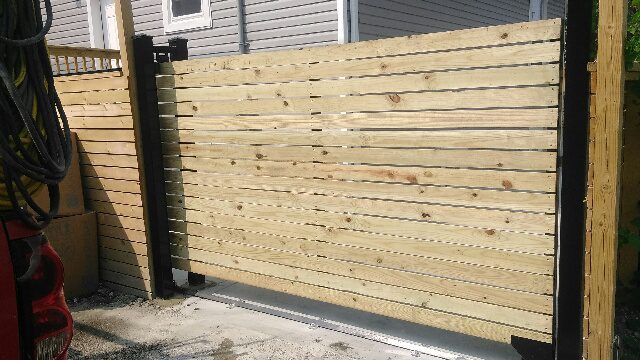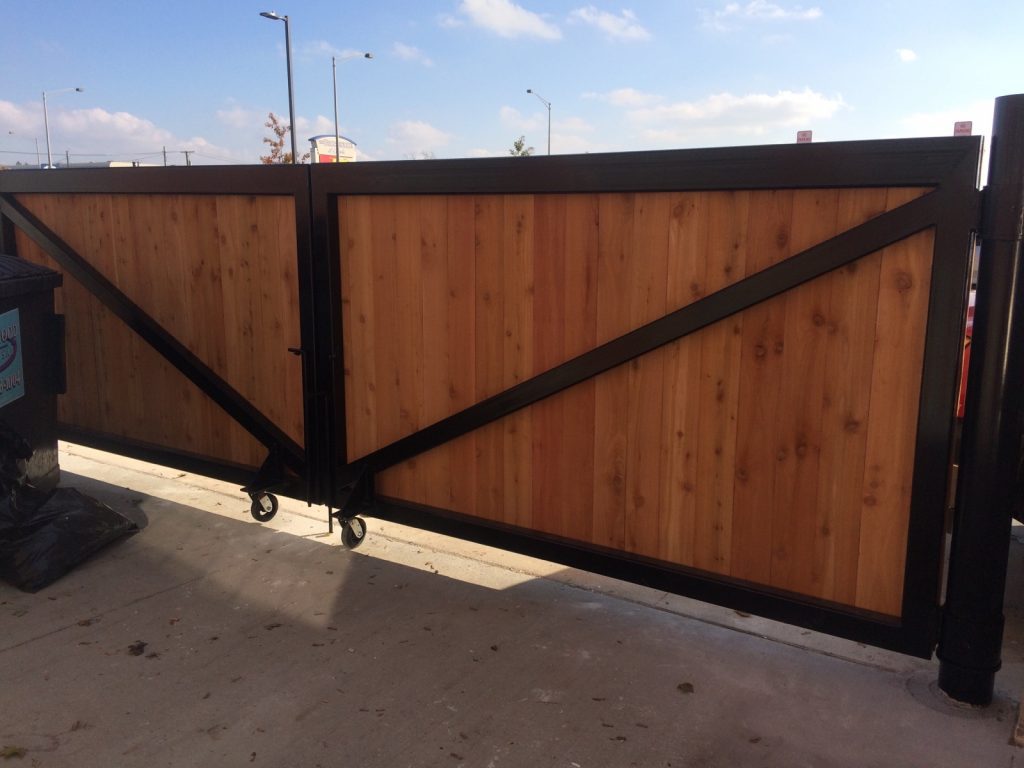Treated or Untreated Wood For Fences
The concept of treated and untreated wood can be heard all around the fencing market. Most people are always asking companies if they use untreated wood for their projects. The biggest concern for people lies in the health area. Untreated wood is better because it protects the health of people around the house. Treated wood isn’t dangerous but we understand the worry of some people. So today we clear the myths of treated or untreated wood for fences.
Are you concerned about the resistance of your fence?
What is untreated wood?
Untreated wood in a few words is basically wood the way it comes from nature. Well, not literally but it isn’t altered. It has no painting, no glue, no nothing. Untreated wood is something that a lot of people look for to avoid health complications. And, as we mentioned, it is valid. But, untreated wood isn’t all that useful for every fence project. Untreated wood comes in handy for temporary projects that need no permits. A small garden fence. A planter. Things that don’t take up a lot of space. These are the ones where untreated wood will work quite well. But, then, what about a proper fence installation? Fencing projects are made with sturdy materials. Which, most of the time involves treated wood or others. Why? To make them last longer.

Is treated wood the only alternative?
Not necessarily. Due to people’s concerns, fence companies like us have begun to adapt to their necessities. Green options for fences have become available in the market. And, which ones are these? Composite fences. If you are looking for a way to avoid treated wood then an upgrade could be composite. The first green fencing option. Eco-friendly and safe for all the family. This is the great thing about fence contractors, they are always offering an option that tops the previous one. If you are thinking between treated or untreated wood for fences, then look for other options. Composite fences are here to make the choice easier to make. Call us if you have any questions regarding these fences and their materials.





